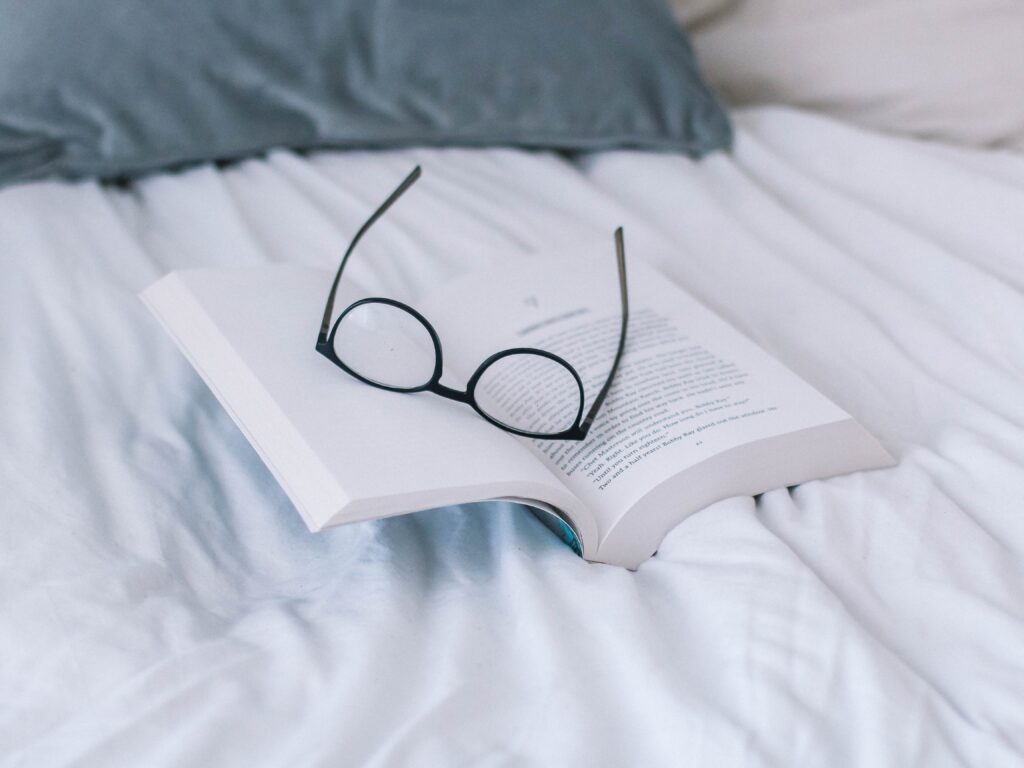Reading is one of the best leisure activities to undertake. However, poor eyesight often gets in the way of the delight of reading. Even if you have had a perfect vision so far, once you reach the age of forty, chances are high that you might have trouble reading. Then you are left with no other option but to start wearing reading glasses.
If you have never used glasses before, let us help you choose your very first pair of reading glasses.

But before that, why do we need reading glasses?
Reading glasses are needed to correct an age-related vision problem, which is known as presbyopia. In this condition our eyes tend to experience decreased flexibility of the muscles, hampering our near vision. Wearing reading glasses helps us to clearly see objects up close.
Where do you start from?
Picking your first ever reading glasses can be confusing, especially when you find glasses marked with different numbers or strengths, at the store.
Reading glasses are available in different numbers i.e. corrective power (measured in diopters). A negative power denotes nearsightedness while farsightedness is corrected using positive power. So, the higher the power, the stronger will be the corrective power of your reading glasses. Generally, for reading glasses, the corrective power varies from +0.75 to +3.5 diopters.
You need to visit a qualified optometrist or eye specialist to determine what power you need for your reading glasses.
If you already wear contact lenses or you have undergone LASIK or refractive eye surgery, wearing reading glasses can still help you deal with presbyopia.
What kind of lens is right for your reading glasses?
When it comes to choosing a lens for your reading glasses, you have several options; choose the lenses based on the level of vision correction you require.
- Single vision lenses – These lenses get devised to fix distance vision so that the reader can focus better while reading.
- Bi-focal lenses – These are like single vision lenses, but with a slight modification. These have a reading correction at the bottom of the lens and distance correction as per your eye specialist’s prescription.
- Tri-focal lenses – In tri-focallenses, one is for distance vision, one for intermediate, and one for near vision.
- Progressive lenses – These lenses provide you with a smooth transition from distance to near focal lengths. Unlike bifocal lenses, these don’t come with visible separating lines and work better than bi- or tri-focal ones.
If you want lenses with resistance to breaking, polycarbonate lenses are the ideal choice for you. Trivex is another lightweight material you may consider as it provides less distortion than polycarbonate. And, depending on your budget and use case, you can consider either an anti-reflective coating on your lens or anti-scratch coating, or a photochromic coating for UV protection.
Reading glasses are a safe and effective way to enjoy up-close vision as we mature with age. But before buying your first reading glasses, you must certainly consult with an optician to get the perfect pair for your eyes.

